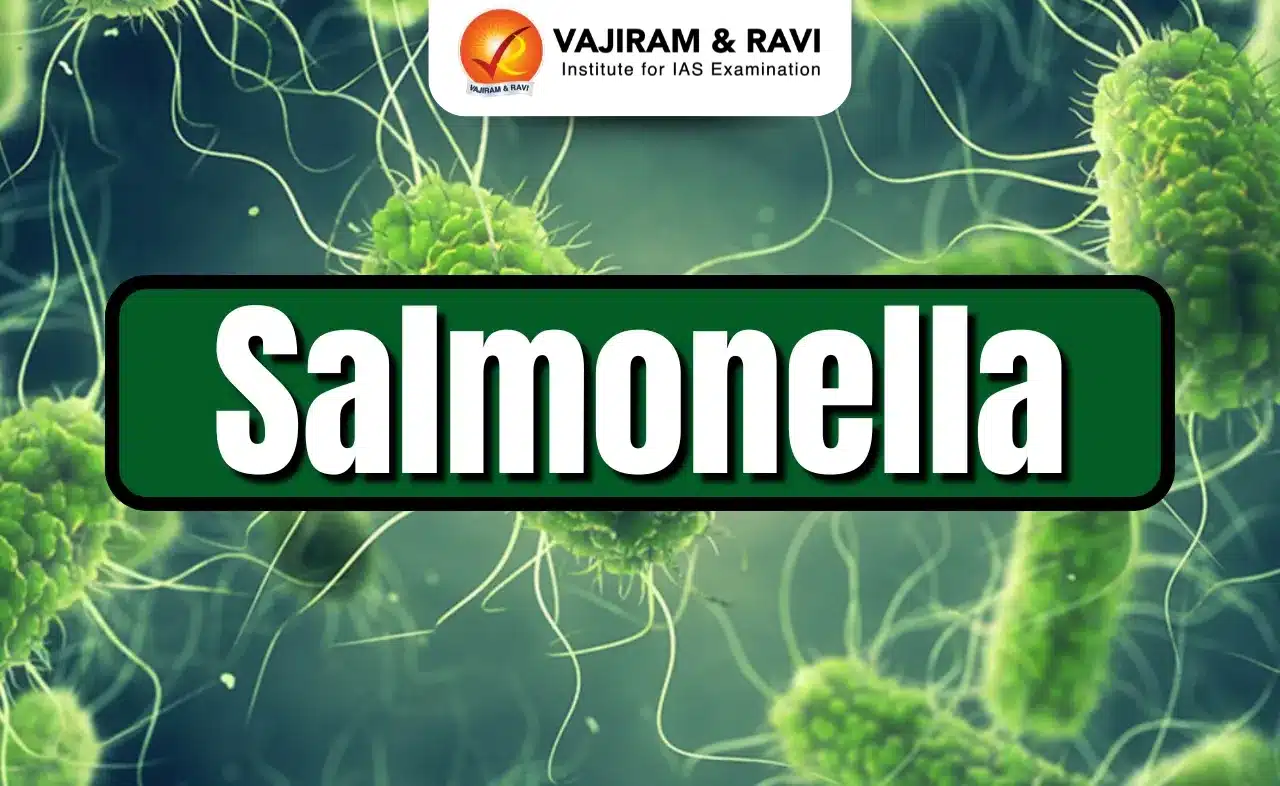POLG Disease Latest News
A 22-year-old young prince of Luxembourg, Prince Frederik, recently died from a rare genetic disease called POLG.
About POLG Disease
- It is a genetic mitochondrial disorder that prevents the body’s cells from producing adequate energy, which in turn can cause multiple organ dysfunctions and failures.
- The disease affects multiple organs of the body, primarily the brain, nerves, muscles, and liver.
- It could also affect a person’s vision due to the involvement of affected brain structures.
- People with POLG “likely end up bedridden and unable to function in so many of those activities of daily living.
POLG Disease Causes
- The condition affects mitochondria, the “powerhouse” of the cell, which converts food into ATP (Adenosine triphosphate), the primary source of energy in living cells of a body.
- Mitochondria contain their own DNA, which requires a specific enzyme to replicate, found in the host cell’s POLG and POLG2 genes.
- Mutations in these genes therefore impact the ability for mitochondria to replicate.
POLG Disease Symptoms
- A person can see symptoms, from mild to severe, starting from early childhood to adulthood.
- The most frequent symptoms include muscle weakness, ophthalmoplegia (weakness or paralysis of the eye), epilepsy, and liver failure.
- POLG also affects neurological function and impacts a person’s ability to balance, talk, and walk, and it causes seizures and more.
POLG Disease Treatment
- There is currently no cure for POLG.
- Available treatment for the POLG focuses on managing the symptoms and quality of life.
POLG Disease FAQs
Q1. What causes POLG disease?
Ans. It is caused by inherited mutations in the POLG gene.
Q2. What are the symptoms of a POLG carrier?
Ans. The most frequent symptoms include muscle weakness, ophthalmoplegia (weakness or paralysis of the eye), epilepsy, and liver failure.
Q3. Is POLG disease curable?
Ans. There is currently no cure for POLG.
Source: N18
Last updated on June, 2025
→ UPSC Notification 2025 was released on 22nd January 2025.
→ UPSC Prelims Result 2025 is out now for the CSE held on 25 May 2025.
→ UPSC Prelims Question Paper 2025 and Unofficial Prelims Answer Key 2025 are available now.
→ UPSC Calendar 2026 is released on 15th May, 2025.
→ The UPSC Vacancy 2025 were released 1129, out of which 979 were for UPSC CSE and remaining 150 are for UPSC IFoS.
→ UPSC Mains 2025 will be conducted on 22nd August 2025.
→ UPSC Prelims 2026 will be conducted on 24th May, 2026 & UPSC Mains 2026 will be conducted on 21st August 2026.
→ The UPSC Selection Process is of 3 stages-Prelims, Mains and Interview.
→ UPSC Result 2024 is released with latest UPSC Marksheet 2024. Check Now!
→ UPSC Toppers List 2024 is released now. Shakti Dubey is UPSC AIR 1 2024 Topper.
→ Also check Best IAS Coaching in Delhi






















